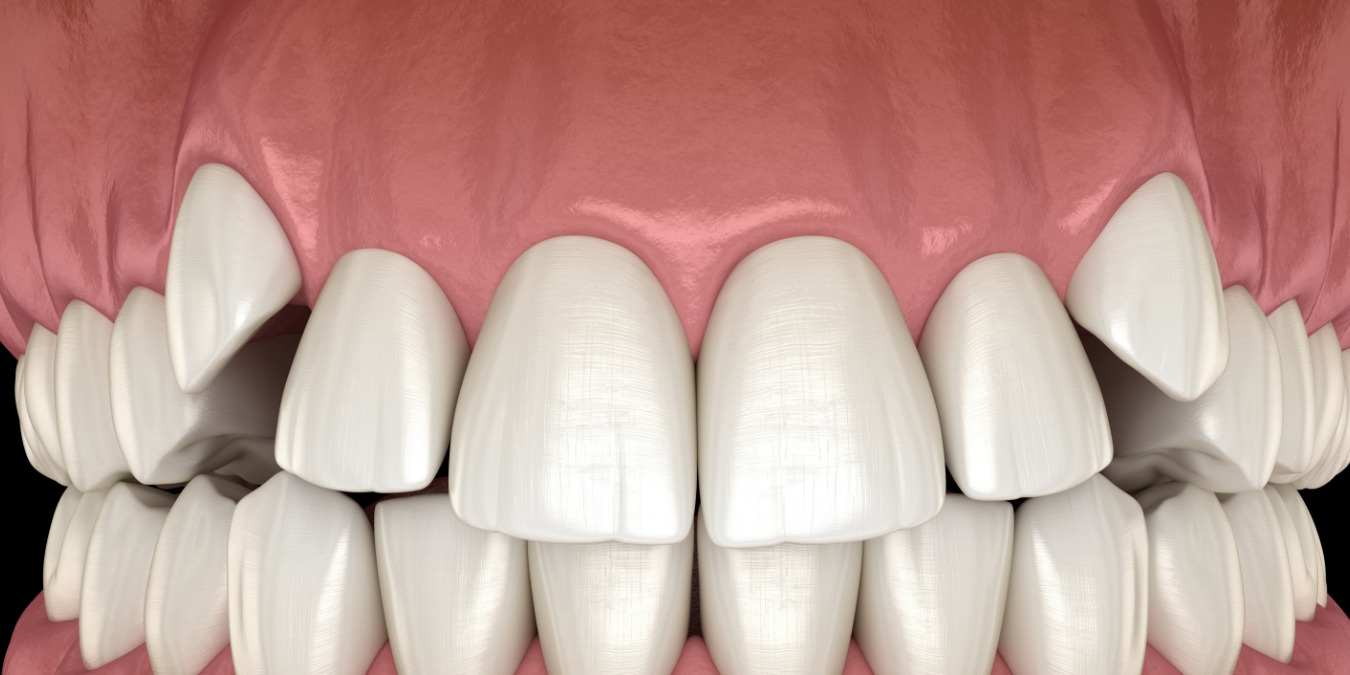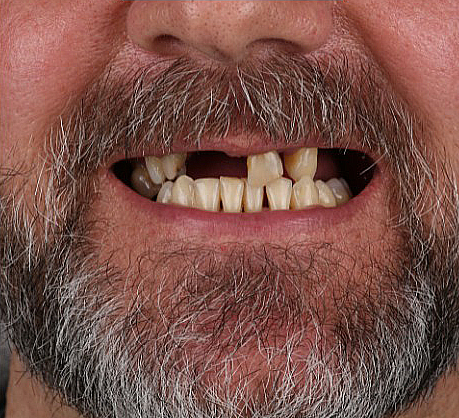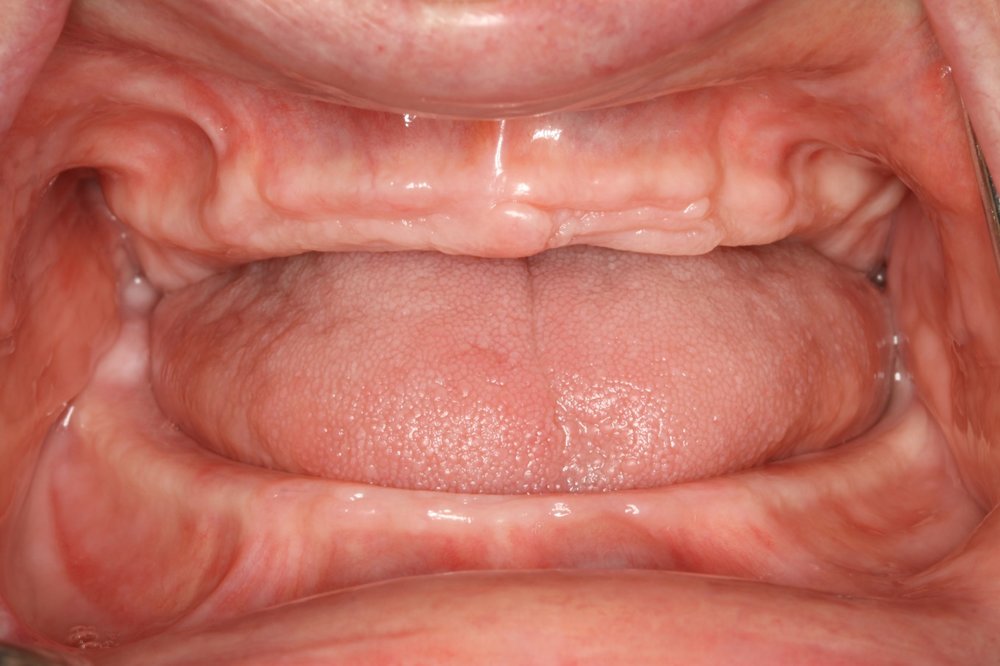This is David and I am a dental implant educator at Chicago Implant Studio. One of the most common questions I get from our patients at their consultation session is “What is Impacted Canines and Why Do Canines Become Impacted?”
Impacted canines represent a unique dental condition that needs attention. Canines, or ‘eye teeth’, due to their critical role in oral functionality and facial aesthetics, make their impaction an issue of concern. This article explores the concept of impacted canines, reasons behind their occurrence, potential complications, and available treatment options.
In This Article
Understanding Impacted Canines
An ‘impacted’ tooth is a tooth that fails to erupt into its position in the mouth within the expected time, becoming stuck or ‘impacted’ in the bone or gum tissue. Canines, also known as cuspids or eye teeth, are commonly impacted teeth after wisdom teeth. They have the longest roots of all teeth and play a significant role in biting, chewing, and maintaining the alignment of other teeth.
Why Do Canines Become Impacted?
Impacted canines can result from several factors:
- Overcrowding: If there’s not enough space in the mouth for the canine to erupt, it may become impacted.
- Extra Teeth: Extra, or supernumerary, teeth can block the path of the erupting canine.
- Unusual Growths: Rarely, unusual growths on the soft tissue of the gums can restrict the eruption of a canine.
Potential Complications of Impacted Canines
Impacted canines, if left untreated, can lead to a range of complications, including:
- Resorption of Adjacent Teeth: The impacted canine can cause resorption or ‘eating away’ of the roots of the adjacent teeth, leading to their instability or loss.
- Cyst Formation: Cysts or tumors can form around the impacted tooth, requiring surgical removal and potentially causing damage to surrounding structures.
- Misalignment of Teeth: Impacted canines can push other teeth out of alignment, impacting the bite and overall oral aesthetics.
Managing Impacted Canines
The management of impacted canines involves a multi-disciplinary approach, usually involving an orthodontist and an oral surgeon. The typical steps are:
- Diagnosis: Diagnosis involves a clinical examination and X-rays to determine the position of the canine and the best course of treatment.
- Treatment: Treatment may involve orthodontic treatment to create space for the canine to erupt, surgical exposure of the tooth, or in some cases, extraction of the impacted tooth.
- Follow-Up Care: Regular follow-ups are essential to monitor the movement of the canine and to ensure successful treatment.
Conclusion
Impacted canines are a dental condition requiring timely intervention to prevent complications. With appropriate diagnosis and treatment, the issues associated with impacted canines can be effectively managed, ensuring a healthy, functional, and aesthetic smile. If you suspect an impacted canine, consult with a dental professional for a comprehensive evaluation.
If you are looking for state-of-the-art single and multiple tooth to full jaw All-on-4 dental implants, schedule a no-obligation free consultation with Chicago Implant Studio dental implant experts. Schedule a free consultation online today or call us at (331) 257-7999.






